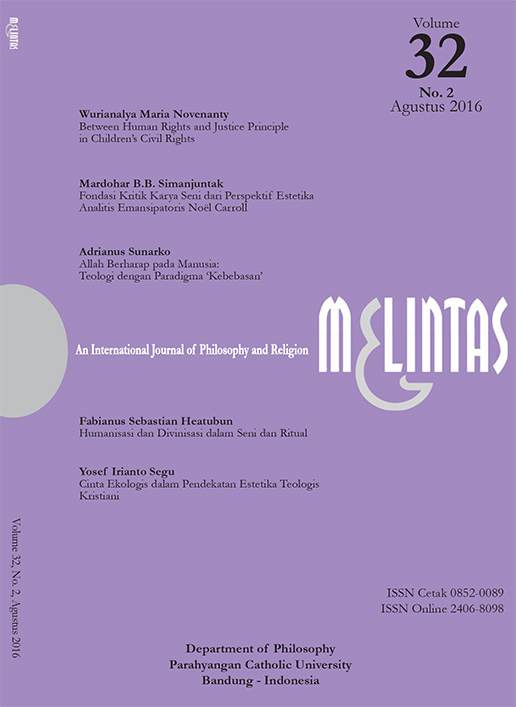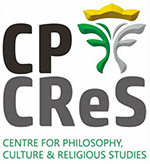Fondasi Kritik Karya Seni dari Perspektif Estetika Analitis Emansipatoris Noël Carroll
DOI:
https://doi.org/10.26593/mel.v32i2.2676.148-170Abstract
Defining what an artwork is has been a recurrent theme in aesthetics, or to be more specific, in the philosophy of art. Yet this is proven to be no simple matter. Thus finding the definition of art has proven to be an elusive undertaking as works of art have always kept on eluding one definition after another. A strong definition might have proven to be illusory. An analytic aesthetician, Noël Carroll has undertaken a complex, if not ambitious, project opting to refute this conundrum in aesthetics by proposing another perspective that stems not from metaphysics but an epistemological one. He managed to show analytically that the epistemological approach is far less problematic and even offers a string of advantages at the praxis level. Carroll completed his proposal by revising two of the most powerful definition of art, that is, the Kantian aesthetic experience and the Levinsonian historical definition of art in those he emancipated the most essential foundation disinterestedness coined by Immanuel Kant, and set the modified definition in a trail of historical correctness. The mix between these two strong elements has amalgamated in a new breed proposed by Carroll in that he labels it historical narrative. This, for Carroll, is a better option over endless disputes over the speculated essence of an artwork and its criticism.Downloads
Published
2017-08-31
Issue
Section
Articles
License
MELINTAS applies the Creative Commons Attribution (CC BY NC) license to articles and other works we publish. If you submit your paper for publication by MELINTAS, you agree to have the CC BY NC license applied to your work.


